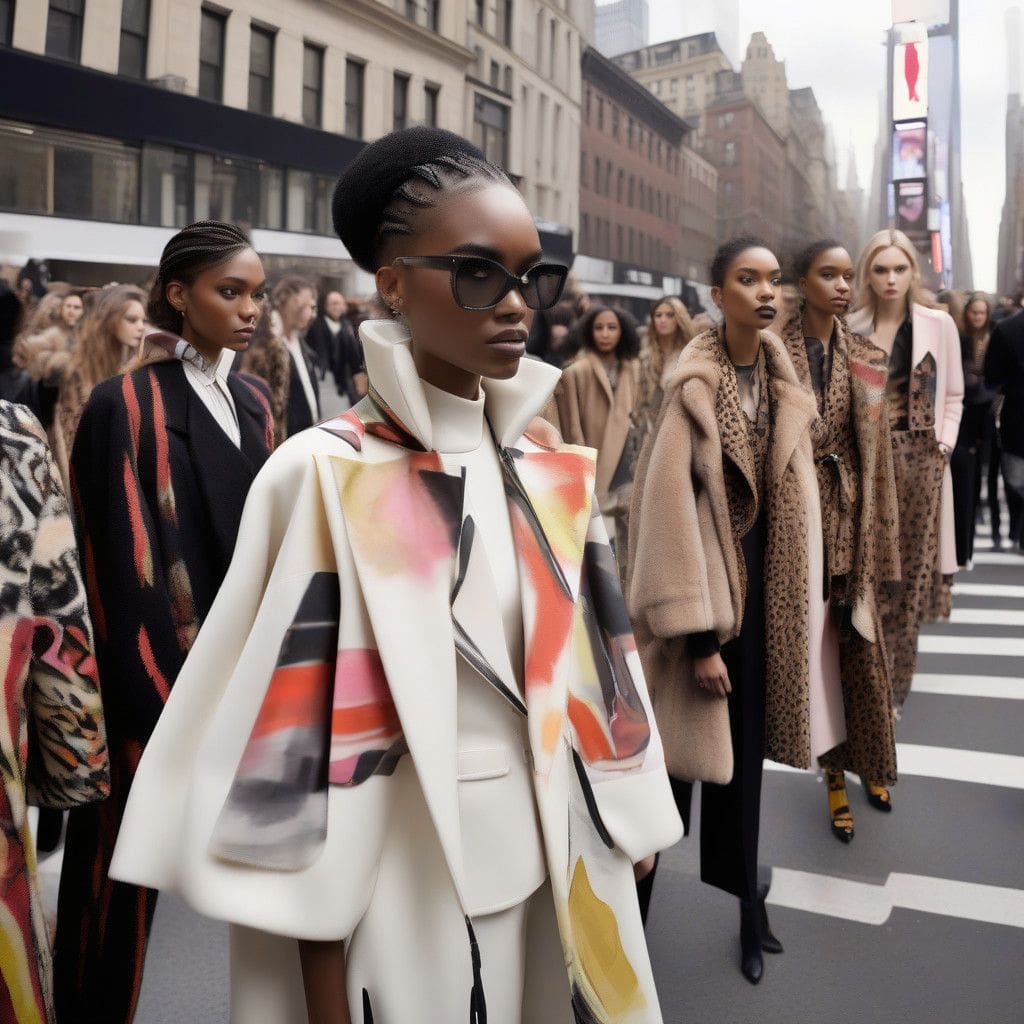The fashion industry appears to be in a state of disbelief following Donald Trump’s resounding victory in the recent US presidential election. Compared to the emotional responses experienced after his initial election in 2016, this time the silence is palpably different. Most notably, many leading fashion designers and brands have refrained from voicing their opinions on social media, suggesting a level of apprehension that has defined their communication strategy in the run-up to the election.
Historically, the fashion industry has been one of the most vocal advocates for social and political issues. However, with Trump’s re-election, many in this community are now reflecting on what this means for their businesses and the broader cultural landscape. Unlike the open condemnation expressed during the first Trump presidency, this time there appears to be caution, a decision rooted in the desire to maintain their diverse clientele while grappling with a politically charged atmosphere.
Susan Scafidi, founder of the Fashion Law Institute, encapsulates this sentiment by noting, “There’s a little bit of fear … There’s caution in the fashion industry. If you’re selling at the mall you’re selling to everybody.” This highlights a stark reality: brands are likely weighing the risks of alienating potential customers with overt political stances amid a polarized environment.
For many designers, the nature of uncertainty under a Trump administration raises alarms. Rachel Scott, a CFDA womenswear designer of the year, cited concerns surrounding immigration policies, abortion rights, and impending tariffs as examples of the unpredictability that looming Trump policies may impose on the industry. Scott acknowledges, “There’s just this real sense of uncertainty and the unpredictability of it is alarming,” emphasizing how these stances might conflict with the ethos of creativity and diversity that fashion embodies.
Yet, this uneasy atmosphere has not stifled all creativity. Some designers are choosing to harness their frustrations into bold expressions of their identities and communities. Scott expressed an intention to delve deeper into her community, stating, “I’m going to be more radical in what I say, especially now that I have more attention than I’ve ever had before.”
Willy Chavarria also voiced a perspective shift resulting from Trump’s second administration; he perceives this moment as an awakening for the fashion industry. His response is clear: “There’s no longer any room for fashion to bring us to a place of fantasy, outside of reality.” This insight reiterates the need for designers to confront current events head-on instead of retreating into escapist narratives.
In contrast, some designers have reflected on how the fashion industry itself has contributed to the Trump electorate’s discontent. Elena Velez, a designer based in New York, espoused concerns about the industry’s narrow perspectives, suggesting that the overwhelming reactions echo a failure to engage with a diversity of viewpoints within America.
The economic implications of Trump’s victory on the fashion industry remain another significant aspect of this evaluation. While investors reacted positively in some sectors, evidenced by a surge in the Dow Jones Industrial Average, the narrative within fashion is mixed. Stocks for brands like Gap and Lululemon saw declines, hinting at the instability many fashion companies are likely to face in a Trump-led economy.
Much of the uncertainty is rooted in potential trade policies. Trump plans to impose tariffs on a broad range of imports, particularly from China, the world’s largest source of apparel. Analysts predict that these tariffs could curtail consumer purchasing power significantly, with studies suggesting potential losses in excess of $50 billion annually. Steve Lamar, president of the American Apparel and Footwear Association, cautioned, “If the past is prologue, President Trump is very likely to be very aggressive out of the gate on tariffs.”
This looming possibility has prompted brands to reconsider their supply chains. Puma, for instance, expressed readiness to shift suppliers to mitigate tariff impacts. Yet, for many, raising prices due to tariffs seems inevitable. Gary Wassner, whose firm helps finance American fashion brands, stated, “If more tariffs are imposed on Chinese goods coming into the country, it would be devastating to the consumer and to the designers who manufacture there.”
In addition to economic repercussions, environmental activists are voicing concerns about the potential regression in climate policies under a Trump administration, which previously described climate change as a “scam.” Yvon Chouinard, founder of Patagonia, emphasized the importance of fashion’s responsibility regarding sustainability and ethical labor. “The fashion industry can’t just focus on the business side — it has to be responsible for the planet, fair wages, diversity, and human rights, too,” he noted, reflecting the discontent many feel about the future of eco-conscious efforts.
As the fashion industry continues to process the implications of Trump’s victory, it is clear that the road ahead will be fraught with challenges. For many emerging and established designers, the impact of this administration could redefine the landscape of their craft, compelling them to reevaluate not just their designs but their role in society at large.
The industry’s response in the coming months will likely reveal whether it rallies behind a collective banner of resistance, adaptation, or quiet resignation.












